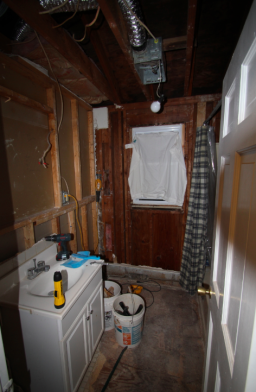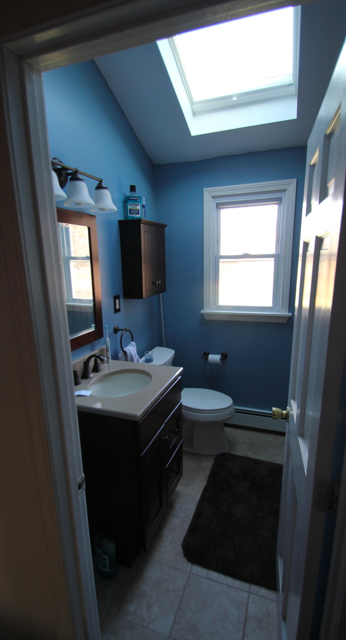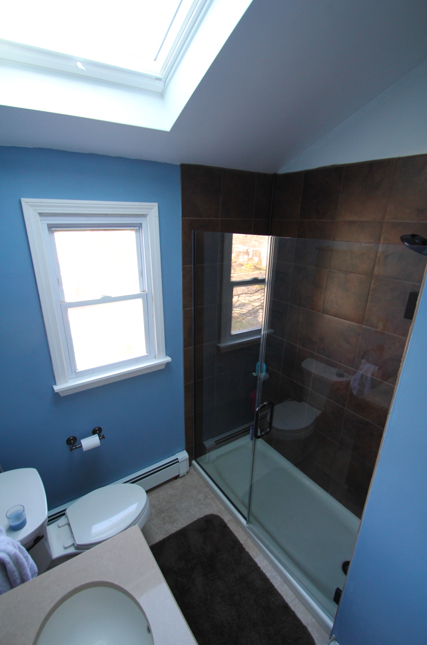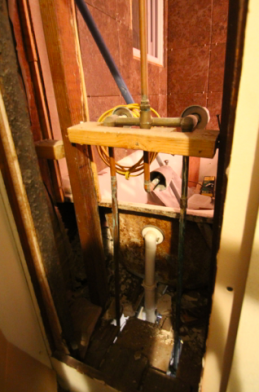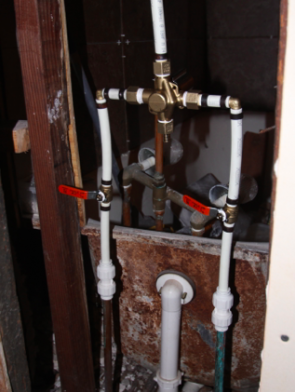I have owned the House of Rock for nearly nine years. Over those nine years I have mowed the lawn many many times. As this is not a chore I enjoy, I try to strategically plan the mowing to be as efficient as possible.
My basic strategy centers around the basic principle that if I reduce the number of turns, I can improve my efficiency. As a corollary, we assume that fewer degrees of turning are also more efficient. Two 90’s are a little better than one 180. Finally, this obviously only applies to those of us whose yards are not large enough or open enough to accommodate Concentric Spiral Mowing as this would clearly be the most efficient use of mowage.
Let’s assume you have a perfect 10m x 10m yard. For simplicity sake, let’s also assume you have a 1m wide mower. What’s the most efficient mowing pattern?
The Long Haul
Making ten 10m passes is an obvious option. But this requires a total of nine 180° turns. I greatly dislike 180° turns.
The Perimeter
Another good option: walking the perimeter to make consecutively smaller rectangles. The frustration here is that when you get to the middle, you’re making near constant 90° turns. This method has the same total number of degrees turned, but with 90’s instead of 180s. Eighteen 90’s needed.
The Zamboni
One slight annoyance with both of the previous tactics is that turning a 90° at the edge of a yard results in a lost corner of tall grass. The Zamboni pattern is a clever one that removes the lost corners. If we were to label the columns of our 10×10 matrix as 1 through 10, the zamboni pattern runs column 1, then zips over to column 5. Back to 2, then to 6. You have overlapped the ends, which is lost time, but it makes some bit of sense for more rectangular yards. You still end up with eighteen 90° turns.
This weekend I discovered a new strategy by accident.
The big assumption in the content above is level topography. When a hill is in play things get funky. It’s much harder to do a perimeter cut on a hill. 1/4 of the time is spent pushing the mower uphill. BAD MOVE.
This weekend I realized that if you move to The Long Haul perpendicular to the hill slope, things work out very very nicely. Yes, you’re taking 180° turns, but you never have to push uphill.
This revelation pleases me.
